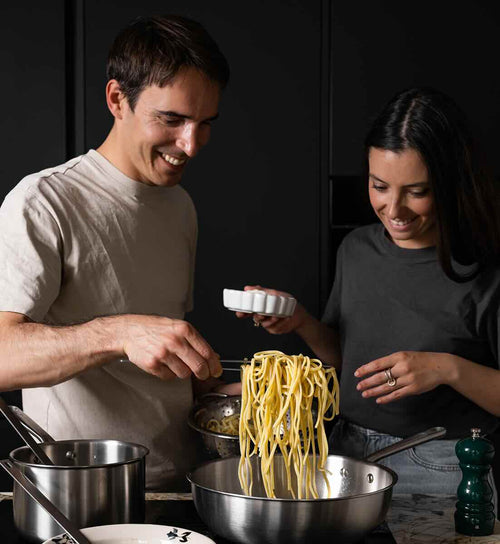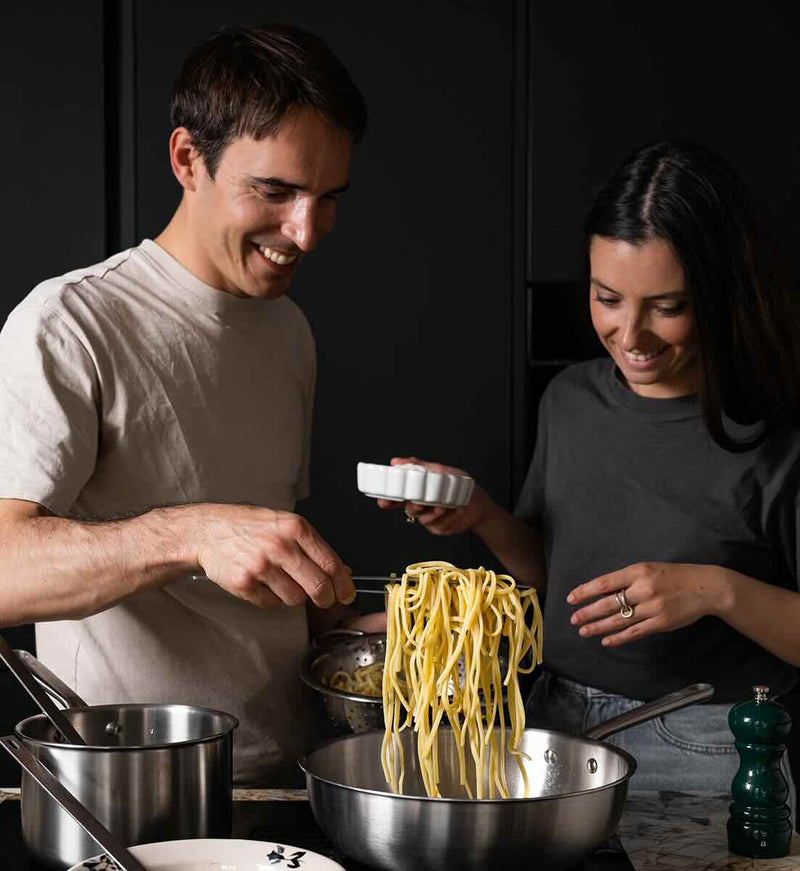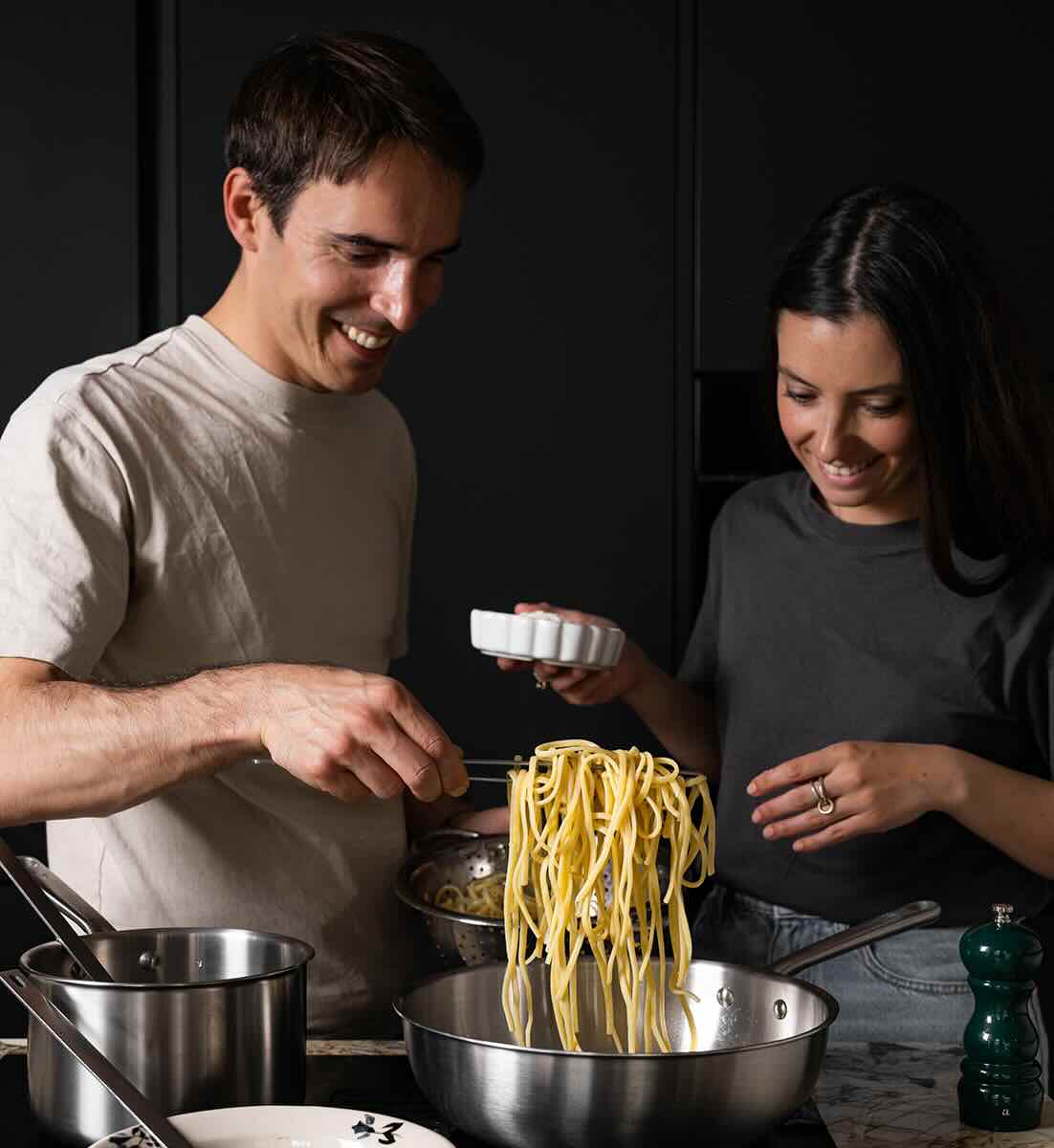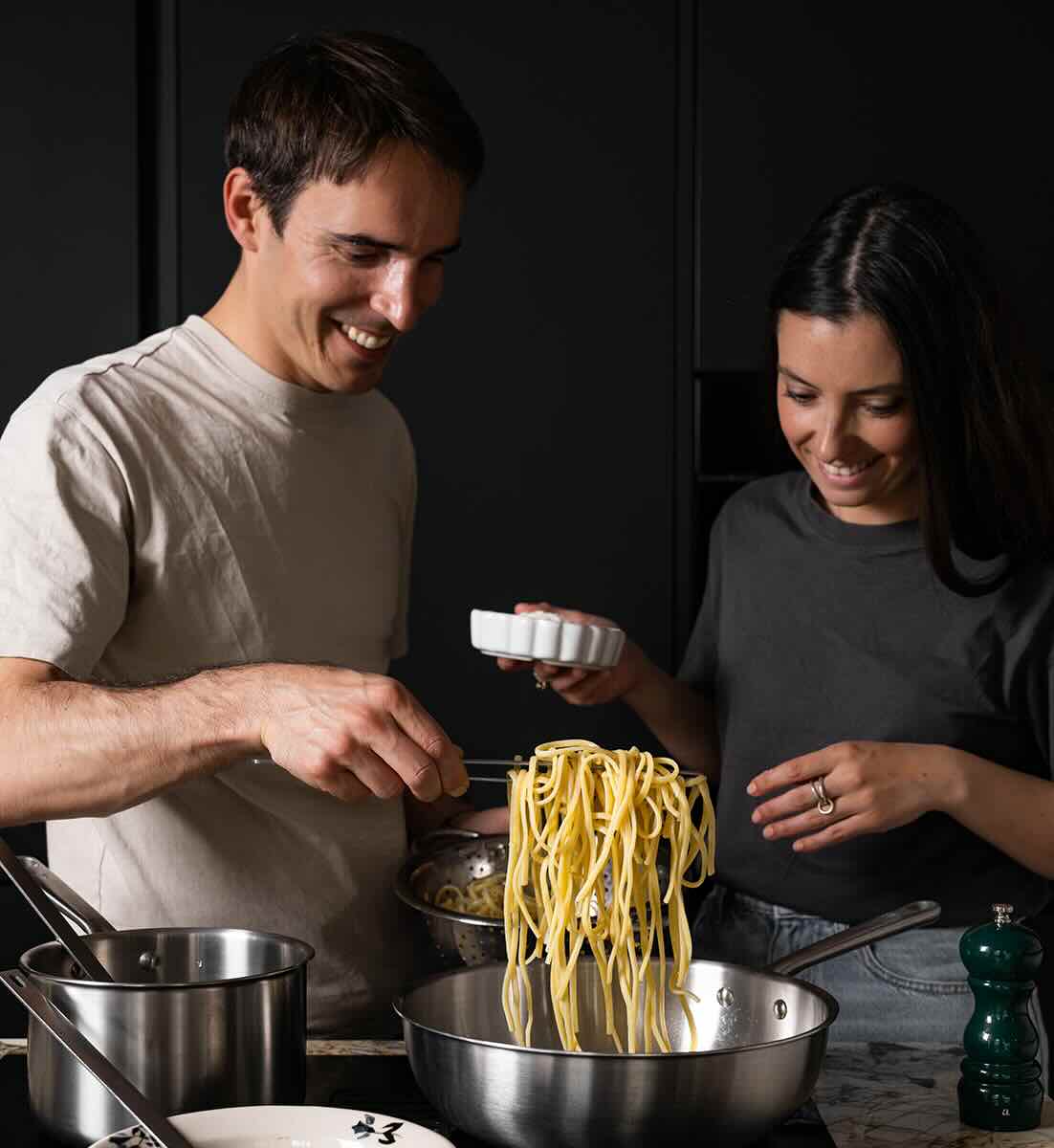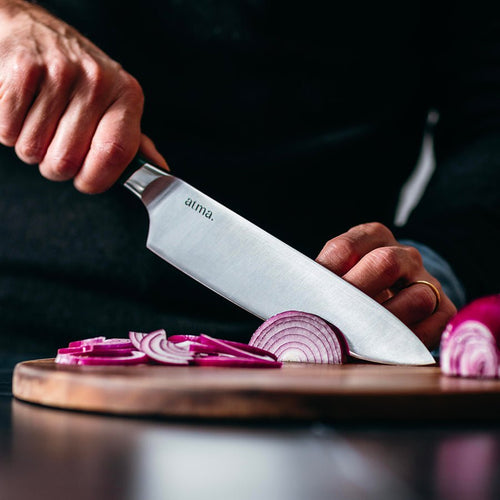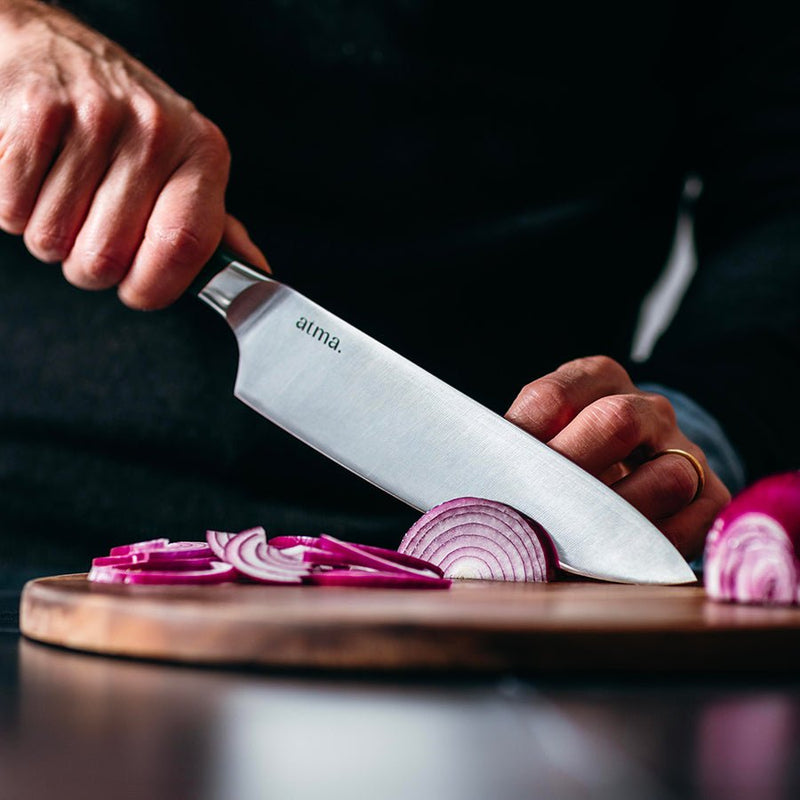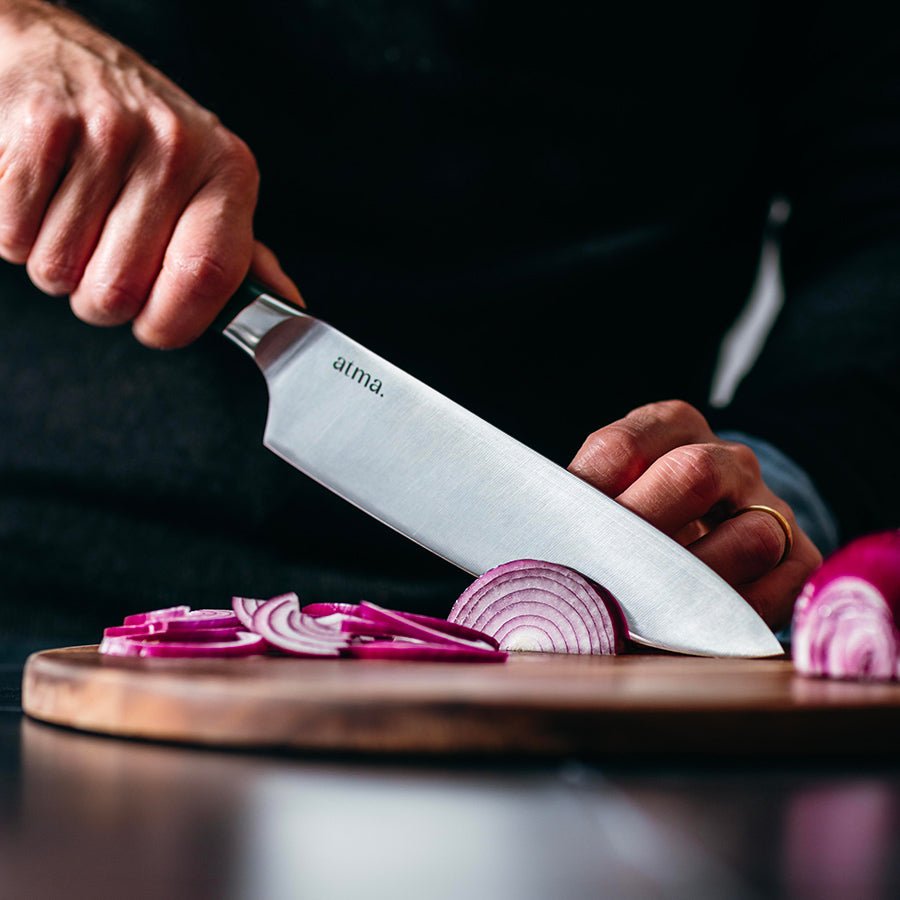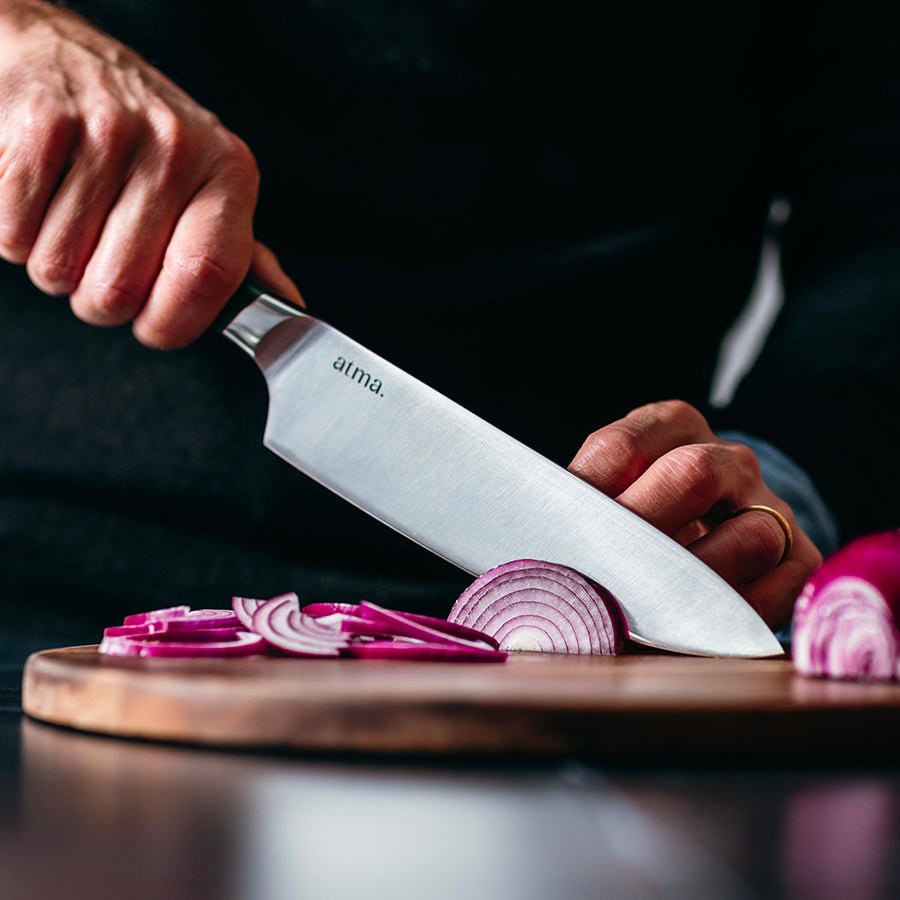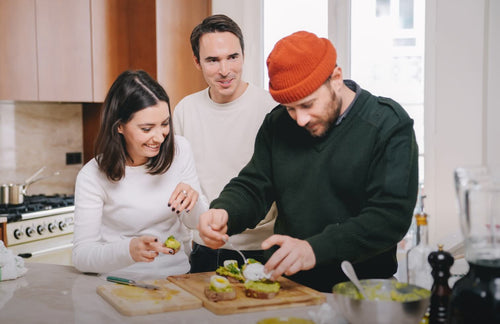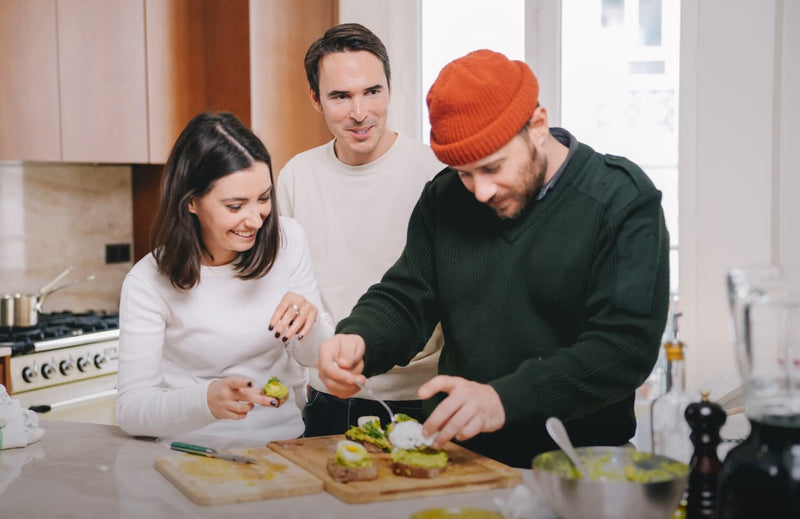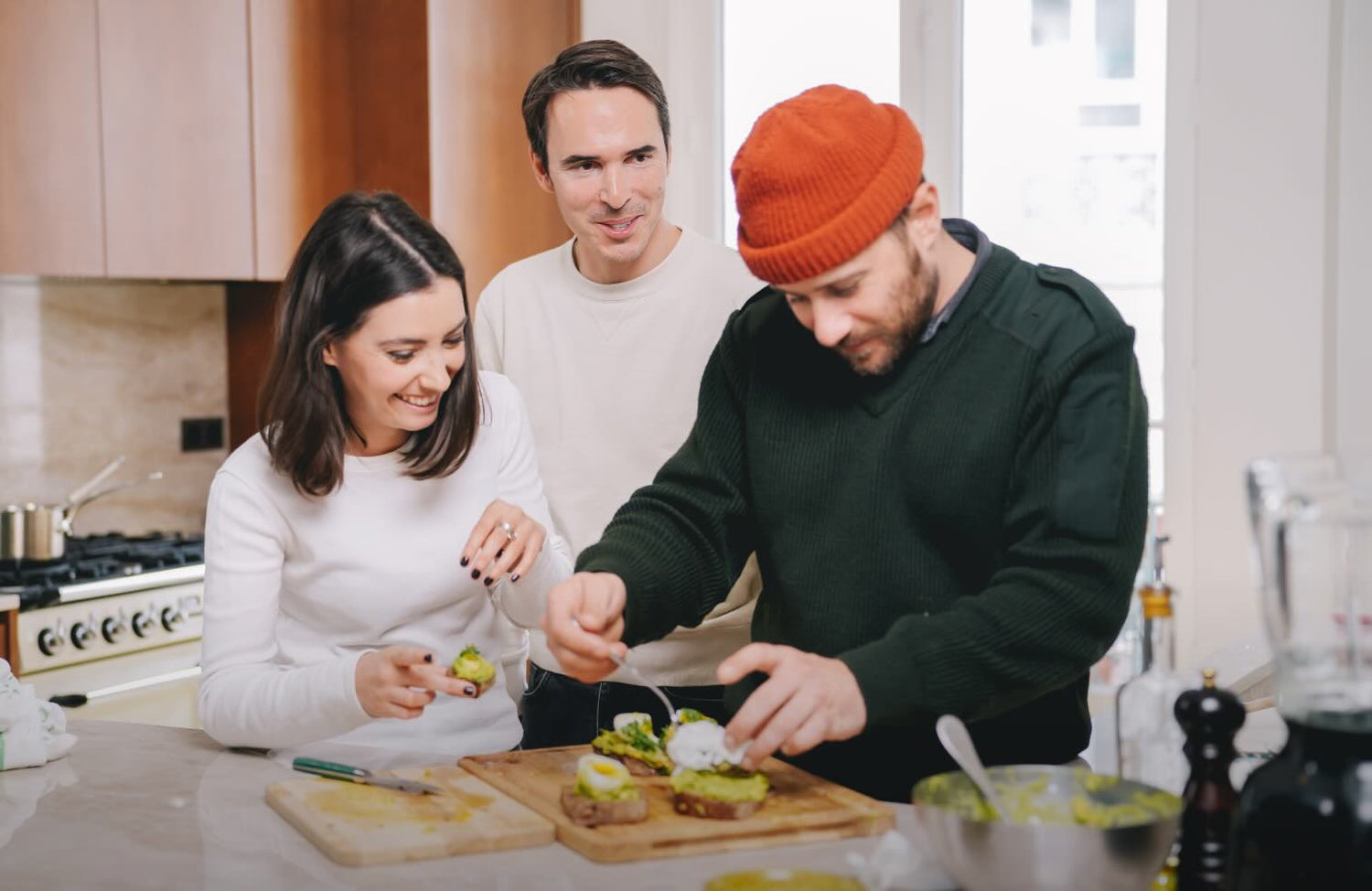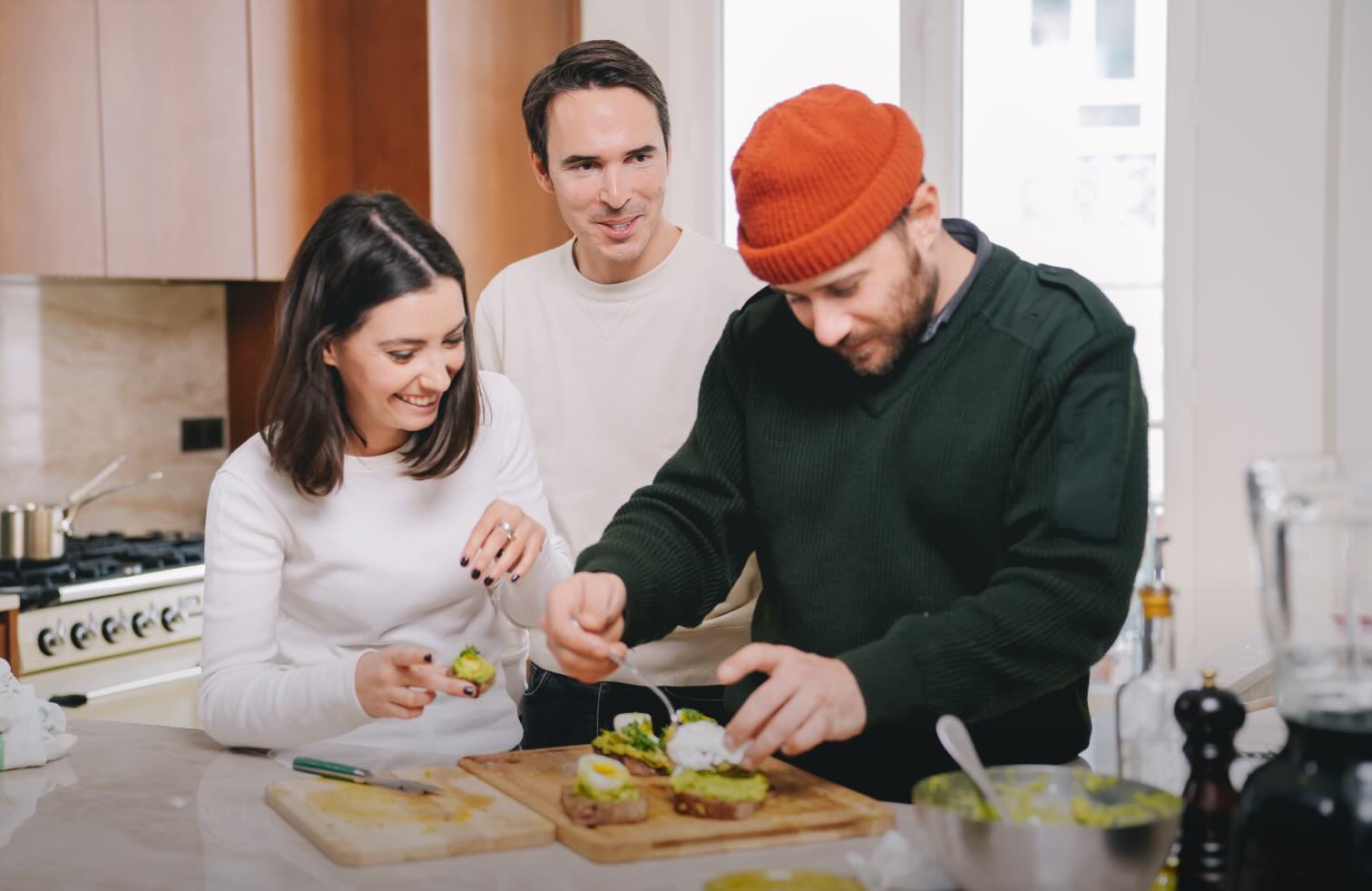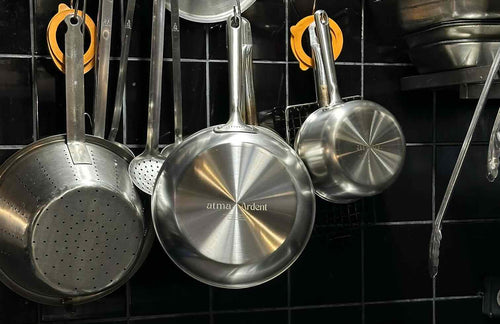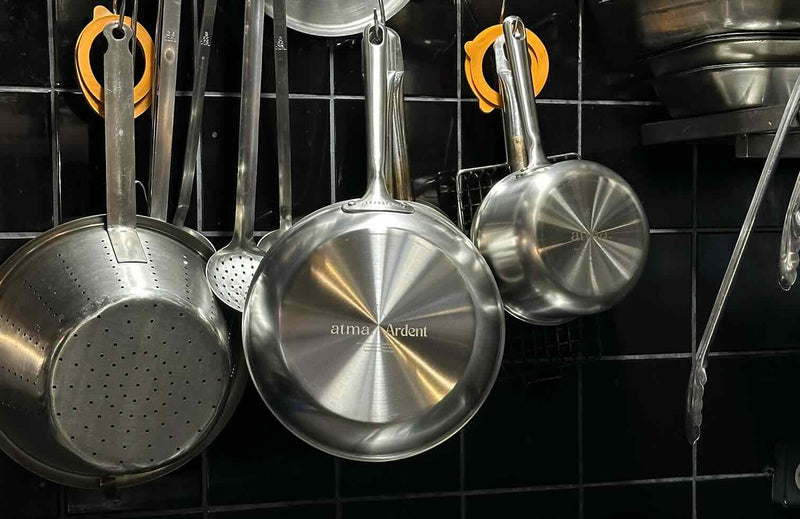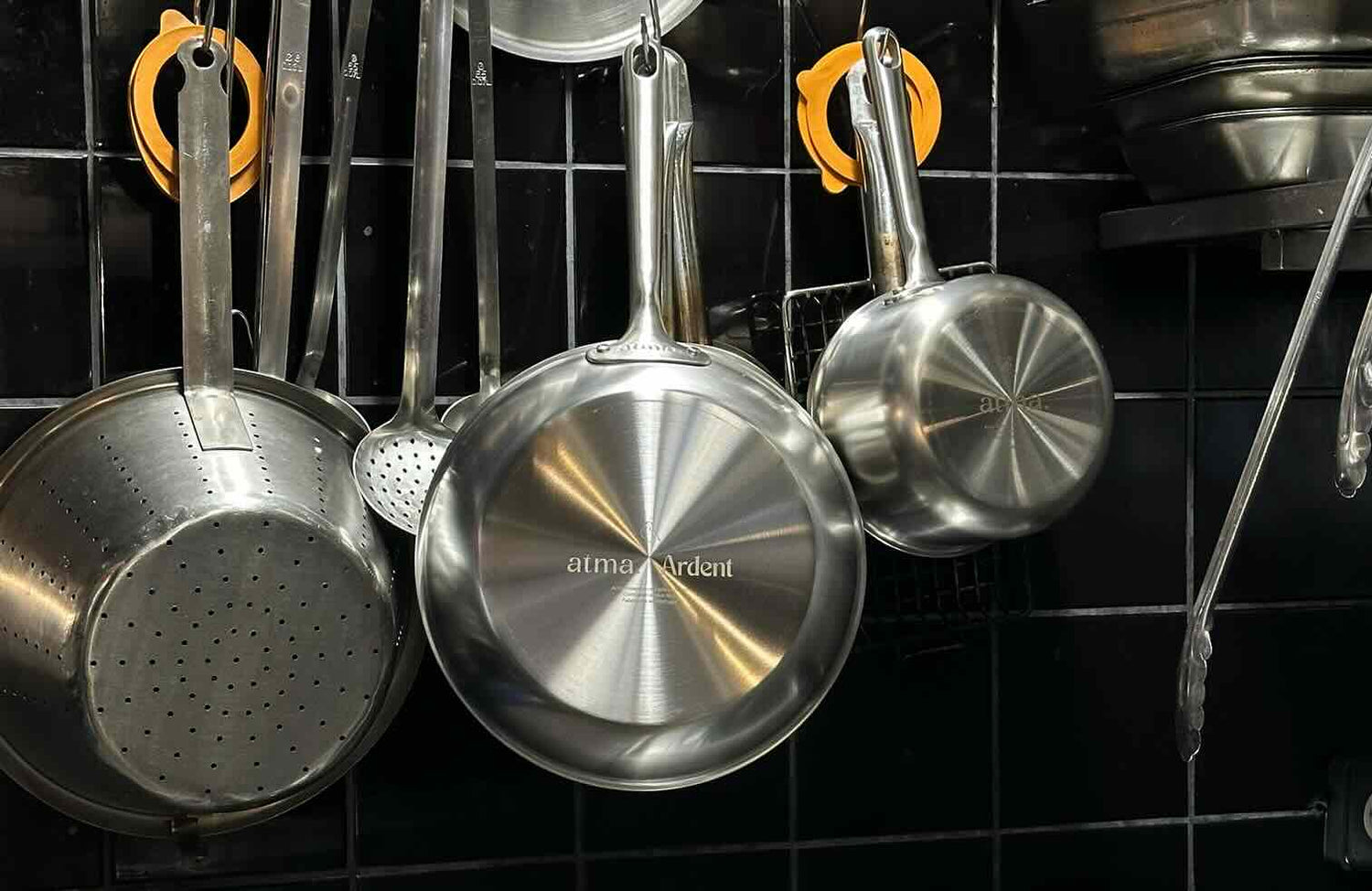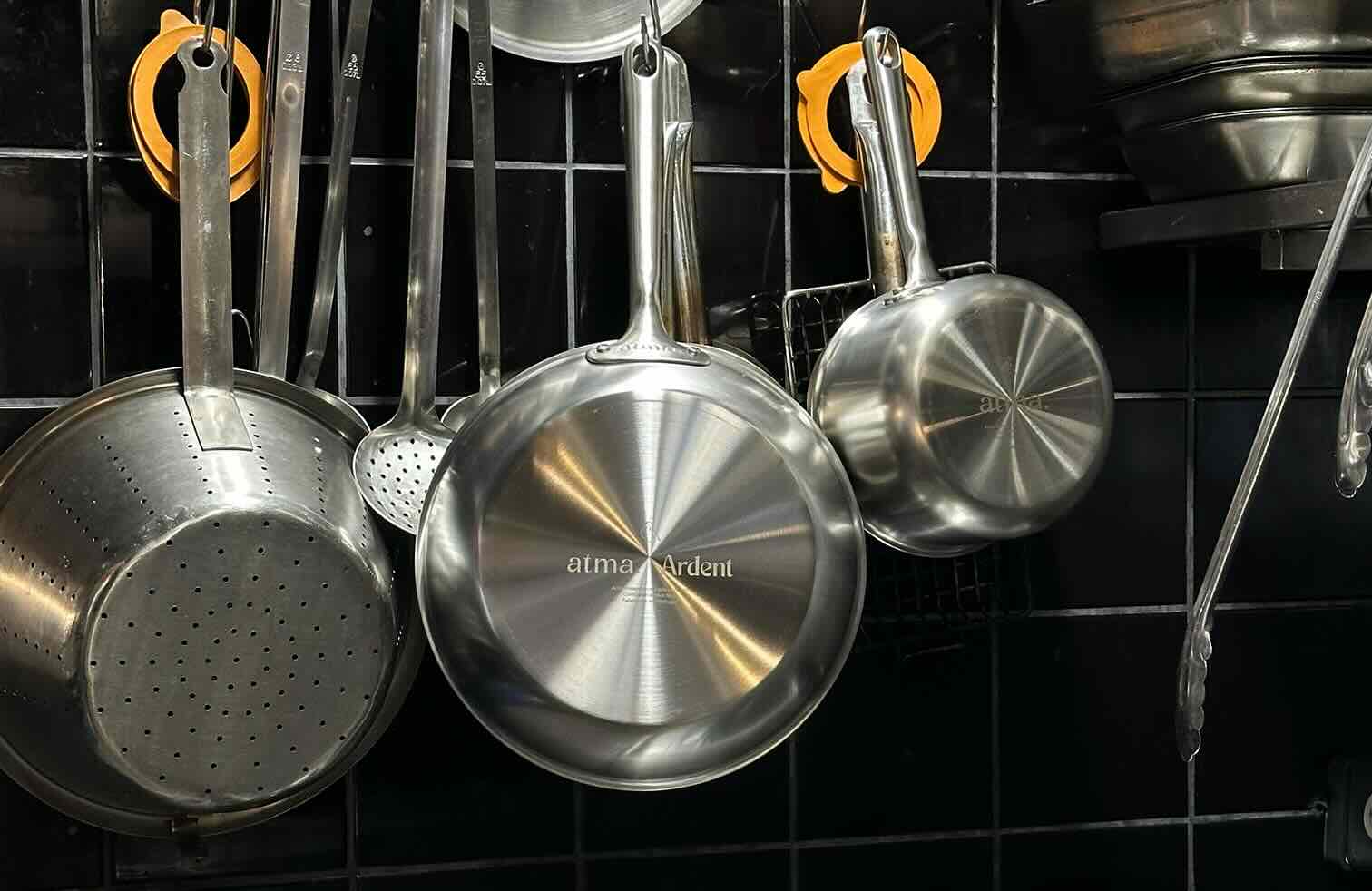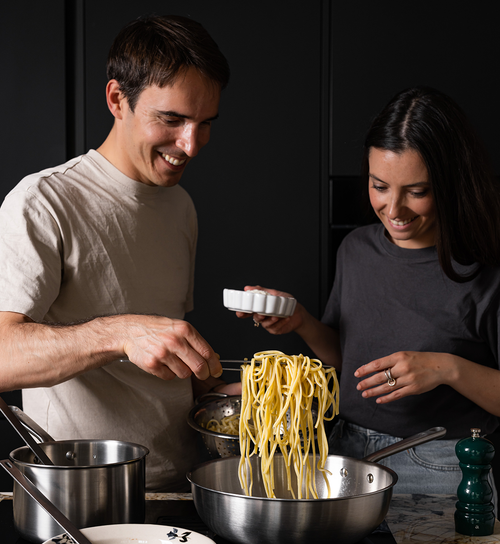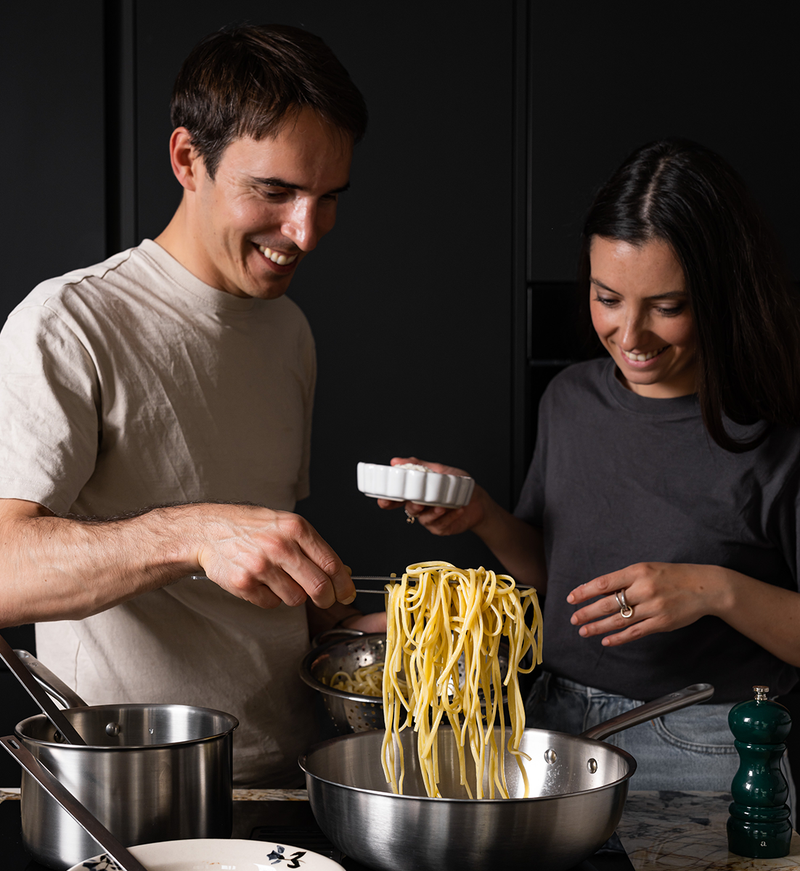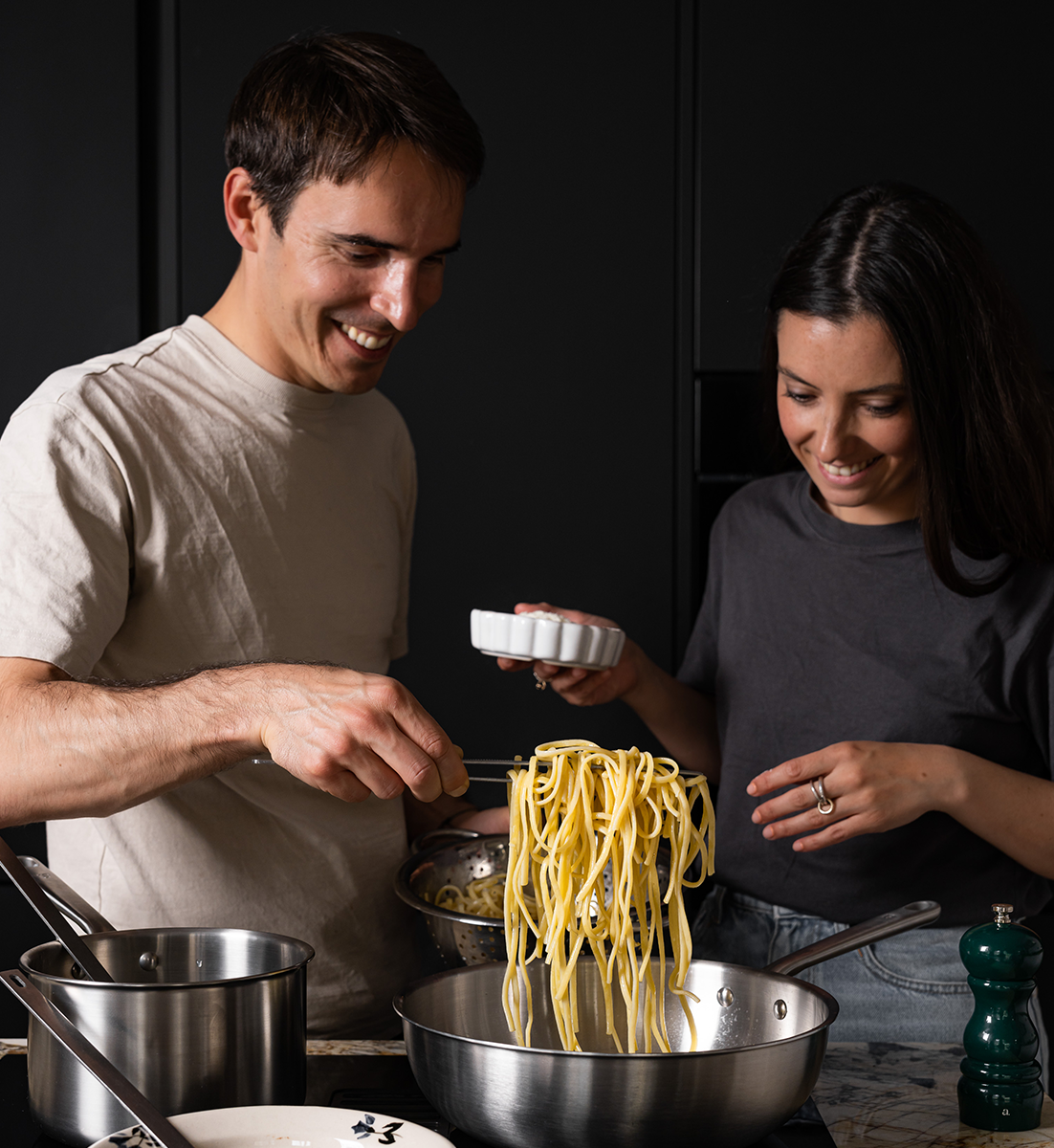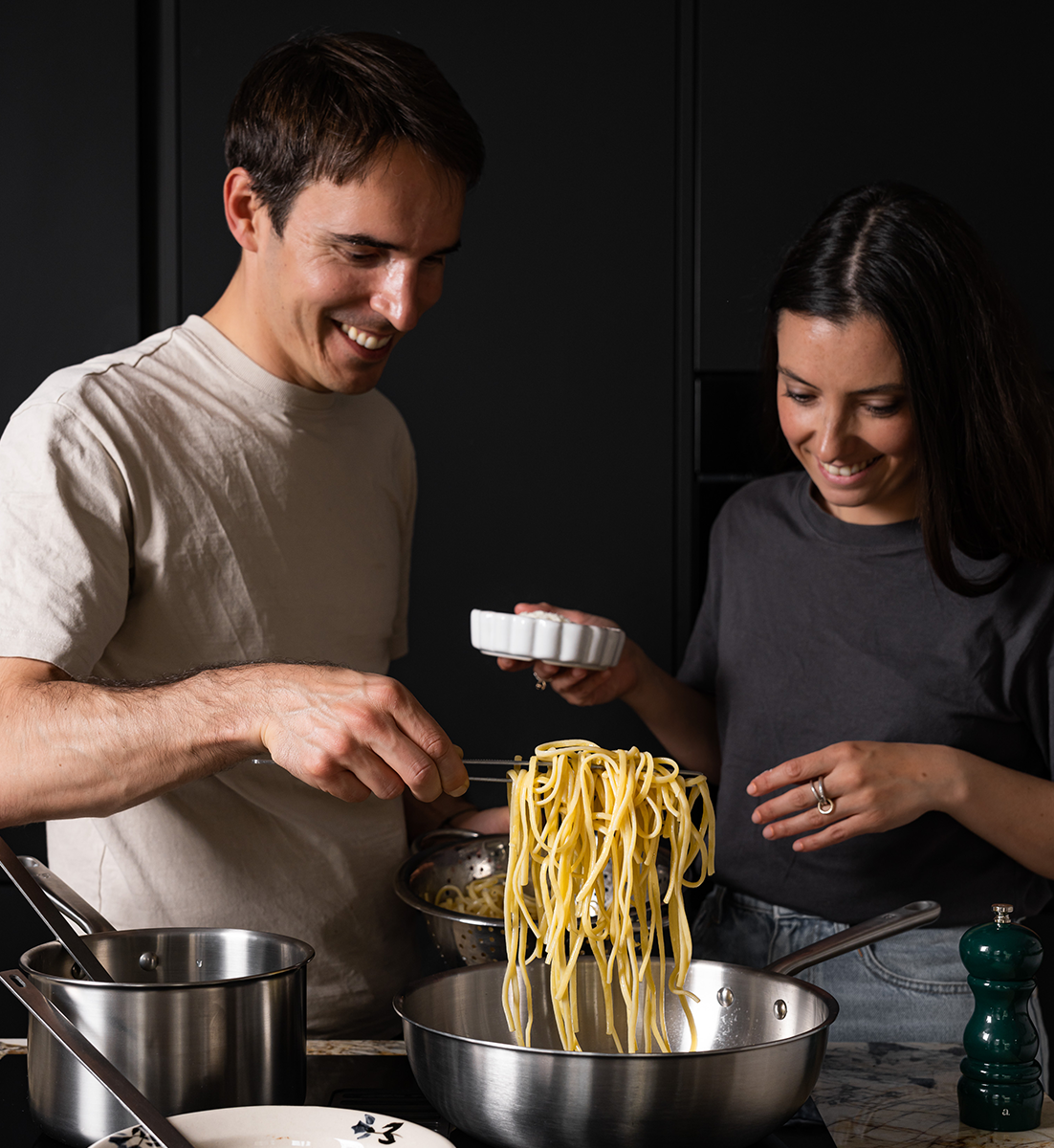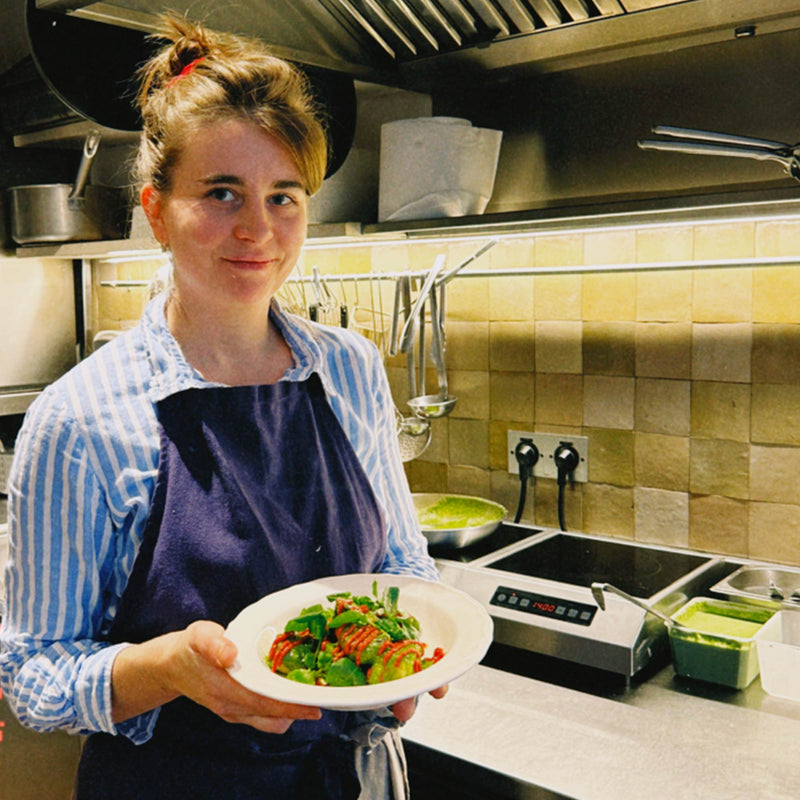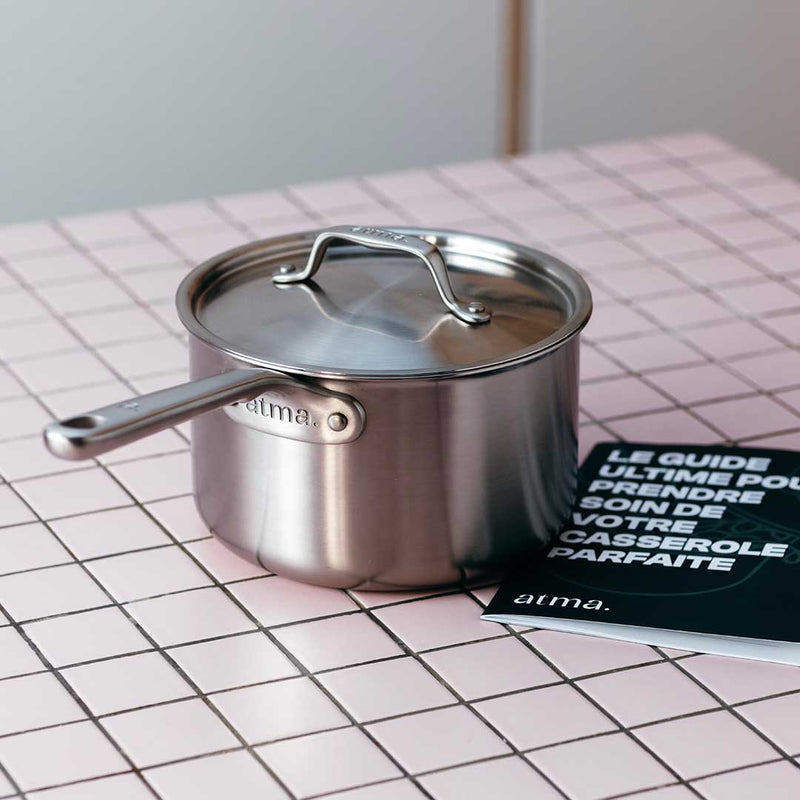How to cook in stainless steel pans?
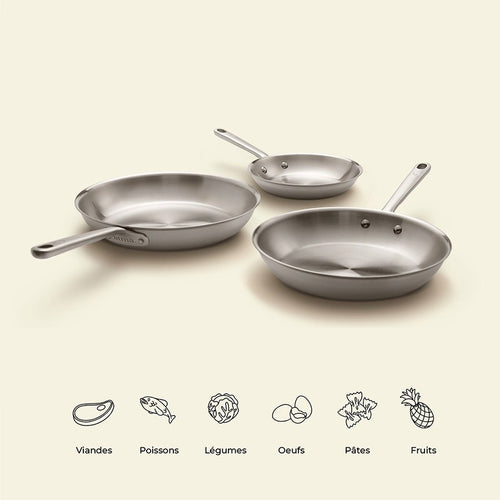







The Atma team shares its tips for cooking in stainless steel pans to enhance your cooking without the hassle. Have you been wanting to replace your old Teflon pans for some time now, but are you still hesitant to switch to stainless steel pans for fear of not being able to use them? At Atma, we're not professional cooks, yet we now cook with stainless steel every day. And what a pleasure!
Stainless steel pans are very versatile and are used by the greatest chefs around the world. In fact, thanks to the precise control you can have over the pan, you can cook almost any food to perfection (even omelets!). And good news: all this also applies to stainless steel sauté pans and stainless steel woks, which allow for healthy and dynamic cooking, whether you're searing, simmering, or stir-frying your favorite dishes.
So it's true that if you don't use the right techniques, Food can stick or burn. But don't panic, it's really not rocket science. In this article, we'll share all our tips for cooking with stainless steel.
Bring your food to room temperature.
The first step is to bring your ingredients to room temperature. Contact between your hot stainless steel pan and food can cause the food to stick. Furthermore, when cooking proteins, keeping the protein at room temperature ensures even cooking. Simply take your ingredients out of the fridge 20 to 30 minutes before cooking, and you're done.
Preheat your pan
Now for the most underestimated step in stainless steel cooking: heating the pan. To do this, nothing could be simpler: simply preheat your pan for two minutes, without anything inside, at half to two-thirds of your hob's power.
The Water Drop Test
To check that your pan is hot enough, you can perform the water drop test. Sprinkle a few drops of water on the bottom of your pan: if they don't evaporate and form small balls that roll around in your pan, it means it's hot enough. You can now reduce the heat to medium or just below. With the Atma Bonne Poêle, the 3-ply stainless steel doesn't require high heat cooking, as heat conduction is strong.
Add fat... or not! (depending on what you're cooking)
So in most cases, you need to add fat (oil, butter, or other). This is especially the case if you're cooking vegetables, fish, fruit, or eggs. But if you're cooking meat, whether red or white, then fat isn't essential. The fat in the meat will be sufficient.
A little tip: if your oil smokes, your pan is too hot, so reduce the heat.
Add your ingredients
Once the fat is hot, you can add your ingredients. Make sure they are at room temperature (see above) and dry. Do not hesitate to dry them with absorbent paper if necessary. This will allow your food to create a nice cooking crust more quickly and brown thanks to the famous Maillard reaction.
For vegetables and starchy foods: stir a little, ideally with a wooden spoon, to coat them with fat, then let them cook.
For meats and proteins in general: let the food cook until a first crust forms naturally; it will then peel off on its own.
Let your ingredients cook before turning them!
The best way to avoid food sticking is to let a first crust form. This is very noticeable on meats; as soon as the cooking process has allowed the first crust to form, the meat will peel off on its own. If you try to turn your meat over before this, you will tear off the first layer that is in contact with your stainless steel pan, and it will stick.
Monitor the cooking
You can now let your food cook until it reaches the texture you want.
Here are some tips to keep in mind to prevent your food from burning or sticking during cooking:
- Don't turn the heat too high: Food often burns and ends up sticking because the heat is too high. The excellent heat conduction of stainless steel pans means you can cook over medium or low heat.
- Make sure you have added enough fat, especially with an oil that can reach high temperatures, such as grapeseed oil.
- If you feel that even with all these precautions, some food is sticking, you can deglaze with a little water or lemon juice. This will allow you to collect the cooking juices that will stick to your food, enriching its flavor.
Serve!
That's it, you can eat!
For those who now want to know how to maintain their stainless steel pan, don't hesitate to check out our article on this topic. subject.
Discover our best sellers
By Romain De Bona
























